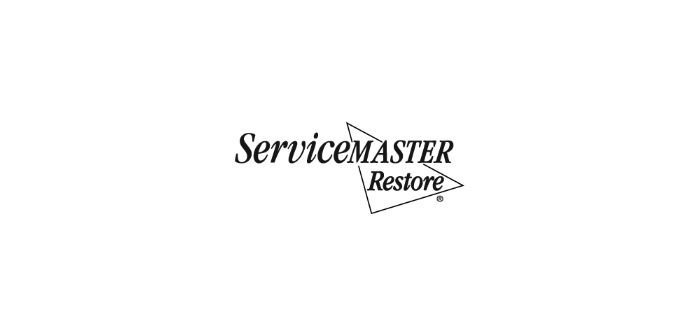ServiceMaster Restore, a global leader in natural disaster response and restoration services for both residential and commercial clients, offers key mistakes homeowners make when dealing with floods. Flooding is the most common natural disaster in the United States and Californians and Oregonians are unfortunately experiencing this head-on.
> Not recognizing the dangers of the flood damage
At first glance the water damage may seem mild, however the consequences could be extreme. Water damage is dangerous to a home and often only professionals detect the level of damage.
> Waiting to clean up
Water damage doesn’t just go away, in fact it actually builds up over time and can eventually lead to a home collapsing. A hidden killer also includes things like mold and bacteria growth throughout your home.
> The wrong vs the right equipment
A mop and towels simply won’t do this kind of damage control. Here are some tools to invest in if you’re not planning on calling professionals.
- A heavy-duty fan is a good start. You need an especially powerful, purpose-built fan that was created for drying out large rooms
- A dehumidifier will pull moisture from the environment more thoroughly than a fan. You can purchase a dehumidifier at most home improvement shops
- An air scrubber is essential for working to improve the air quality of the affected building
- An extraction tool, also known as a flood pumper, is similar to a giant, turbocharged wet vac
- A moisture probe uses a coiled cable to help you determine where moisture is located, in places where you might not see it
- Specialized wall and floor drying systems can help you save your hardwood floors in many instances, and can reduce the number of walls and ceilings you have to replace
> Ignoring the dangers of a flooded home
- Contamination by bacteria or sewage. There are different categories of contaminated water. Category 3 water is contaminated by bacteria, sewage, or other hazards. It can cause rashes, infections and illnesses. And even if the floodwater is clean, the flood may have busted pipes in or around your own home, so it may not stay clean for long
- Unsteady footing. Water damaged floors might not be as stable as you’re expecting them to be
- Broken glass and other debris. If flood water has entered your house, there’s a decent chance that it broke something to get in there. Look out for metal fragments or broken glass that can cut your feet or legs
- Loose wires. Always be mindful that floodwaters can carry a risk of electrical shock. From fallen power lines to damage to your own electrical system, you never know when you might be too close to a live wire
- Gas leaks and explosions. Turn off any gas or propane sources to minimize the risk of gas leaks and explosions
- Displaced wildlife. Snakes, rats and other animals may wind up seeking shelter in unusual places after a flood
If you do tackle flood damage on your own please follow these steps to keep you and your home safe. If you want professional help or need more information on flood damage check out ServiceMaster Restore.





